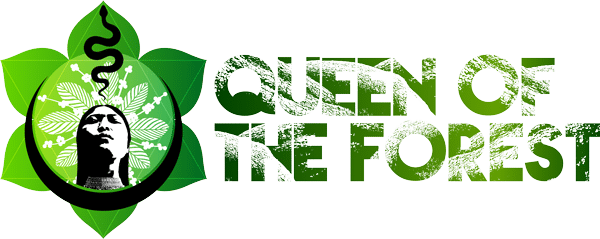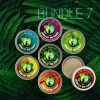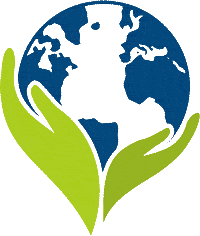In the Peruvian Amazon jungle, some Kaxinawá survive the Alto Purús Indigenous Territory with the Kulina individuals.
The Kaxinawá are also referred to as the Cashinauá, Caxinauá, or Kashinawa people. This name originated from kaxi or “bat” and nawa meaning “individuals” or “immigrants”. Their autonym is Huni Kuin or “real men”, from huni, “male”, and kuin significance “real.”.
Kaxinawá people speak the Kaxinawá language, a Panoan language. They call their language Hancha Kuin, implying “genuine words.” Only 5% to 10% of the Kaxinawá in Peru speak Spanish and literacy rates are low.
Hunting is of paramount importance in Kaxinawá society. Kaxinawá likewise fish, collect plant foods, and grow crops through swidden, or slash-and-burn cultivation. Rice has actually ended up being an export crop.
Females weave baskets, string bead jewelry, create practical ceramics and weave hammocks and clothing. Men weave certain baskets, sculpt tools from wood, create featherwork and ritualistic regalia, and make canoes and weapons, such as spears, clubs, and bows and arrows. In hunting, shotguns are popular.
The Kaxinawá are likewise known as the Cashinauá, Caxinauá, or Kashinawa people. Kaxinawá people speak the Kaxinawá language, a Panoan language. Only 5% to 10% of the Kaxinawá in Peru speak Spanish and literacy rates are low.
Get to Know some of the Brazilian Native Populations, their art and culture:
Kaxinawa – Kuntanawa – Yawanawa – Tupi Guarani – Puyanawa[/vc_column_text][/vc_column][/vc_row][vc_row][vc_column][templatera id=”10441″][templatera id=”10446″][/vc_column][/vc_row]






 Join the Tribe
Join the Tribe